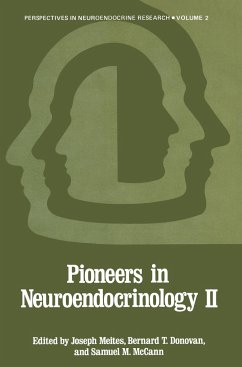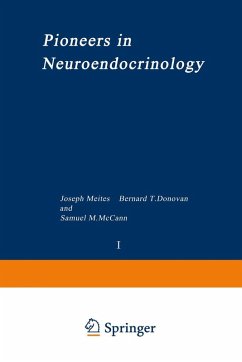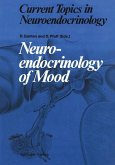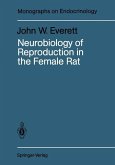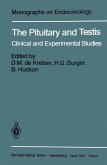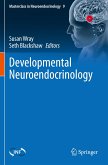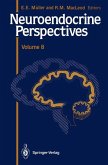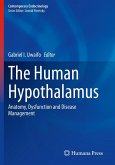This second volume of Pioneers in Neuroendocrinology differs from the first in several respects. First, with one exception, the present writers represent the second generation of pioneers, who began their work in the early or mid-1950s, at the onset of what became the most intensive and fruitful period of neuroendocrine research. Second, with few exceptions, the present authors are still active in work on many aspects of neuroendocri nology and show a keen appreciation of current as well as past problems in the field. Third, this volume covers the period when definite proof for the "chemotransmitter hypothesis" was first provided. This includes work by Saffran, Schally, Guillemin, McCann, Meites, Schreiber, and others demonstrating that "releasing factors" actually are present in the hypothalamus, early attempts to characterize them, development of assay methods, and studies on their physiology. All of this culminated in the dramatic announcements during the second half of 1969 of the isolation and synthesis of the first hypothalamic hypophysiotropic hormone, pyroglutamylhistidylprolinamide (TRH). Guillemin and Schally provide colorful accounts of their early work on this and other hypothalamic releas ing factors. Both received Nobel prizes for their achievements.

